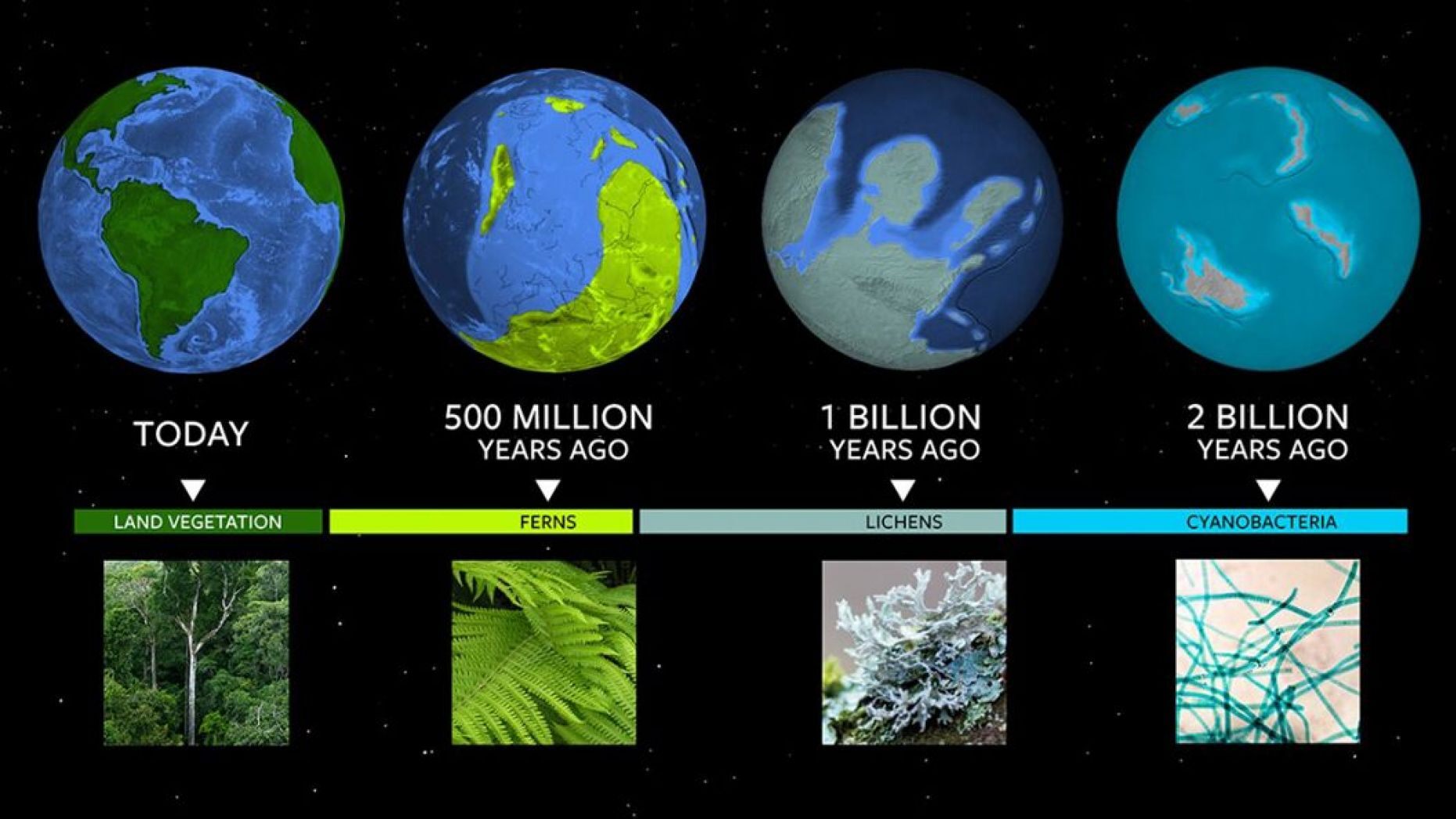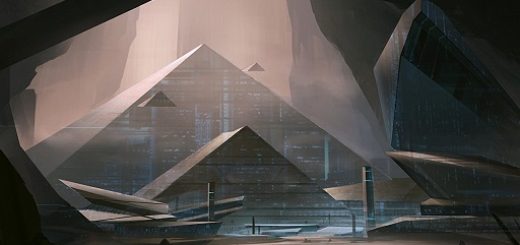Astronomers created a ‘cosmic cheat sheet’ to help look for aliens

The graph has four distinct colors representing various flora and fauna — dark green, which marks land vegetation; light green, which signifies ferns; grey is equated to lichens; and aqua, which is representative of various cyanobacteria.
“When we discover an exoplanet, this research gives us a much wider range to look back in time,” Lisa Kaltenegger, a professor of astronomy and director of the Sagan Institute and the study’s co-author, said. “We extend the time that we can find surface biota from 500 million years (widespread land vegetation) to about 1 billion years ago with lichen and up to 2 or 3 billion years ago with cyanobacteria.”
The Earth is generally assumed to be roughly 4.7 billion years old, utilizing radioactive dating that uses uranium decay, according to NASA.
“If an alien had used color to observe if our Earth had life, that alien would see very different colors throughout our planet’s history – going back billions of years – when different life forms dominated Earth’s surface,” Kaltenegger added.
O’Malley added that scientists are able to look at biosignatures on “Earth-like exoplanets” using the history of our planet, thanks to the research he and Kaltenegger have done.
The study has been published in the Astrophysical Journal.



 Creators of mankind
Creators of mankind Description of “Tall white aliens”
Description of “Tall white aliens” Where they came from?
Where they came from? About hostile civilizations
About hostile civilizations The war for the Earth
The war for the Earth “Tall white aliens” about eternal life
“Tall white aliens” about eternal life Video: “Nordic aliens”
Video: “Nordic aliens” Aliens
Aliens Alien encounters
Alien encounters The aliens base
The aliens base UFO
UFO Technology UFO
Technology UFO Underground civilization
Underground civilization Ancient alien artifacts
Ancient alien artifacts Military and UFO
Military and UFO Mysteries and hypotheses
Mysteries and hypotheses Scientific facts
Scientific facts


















